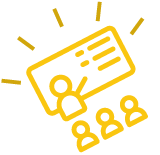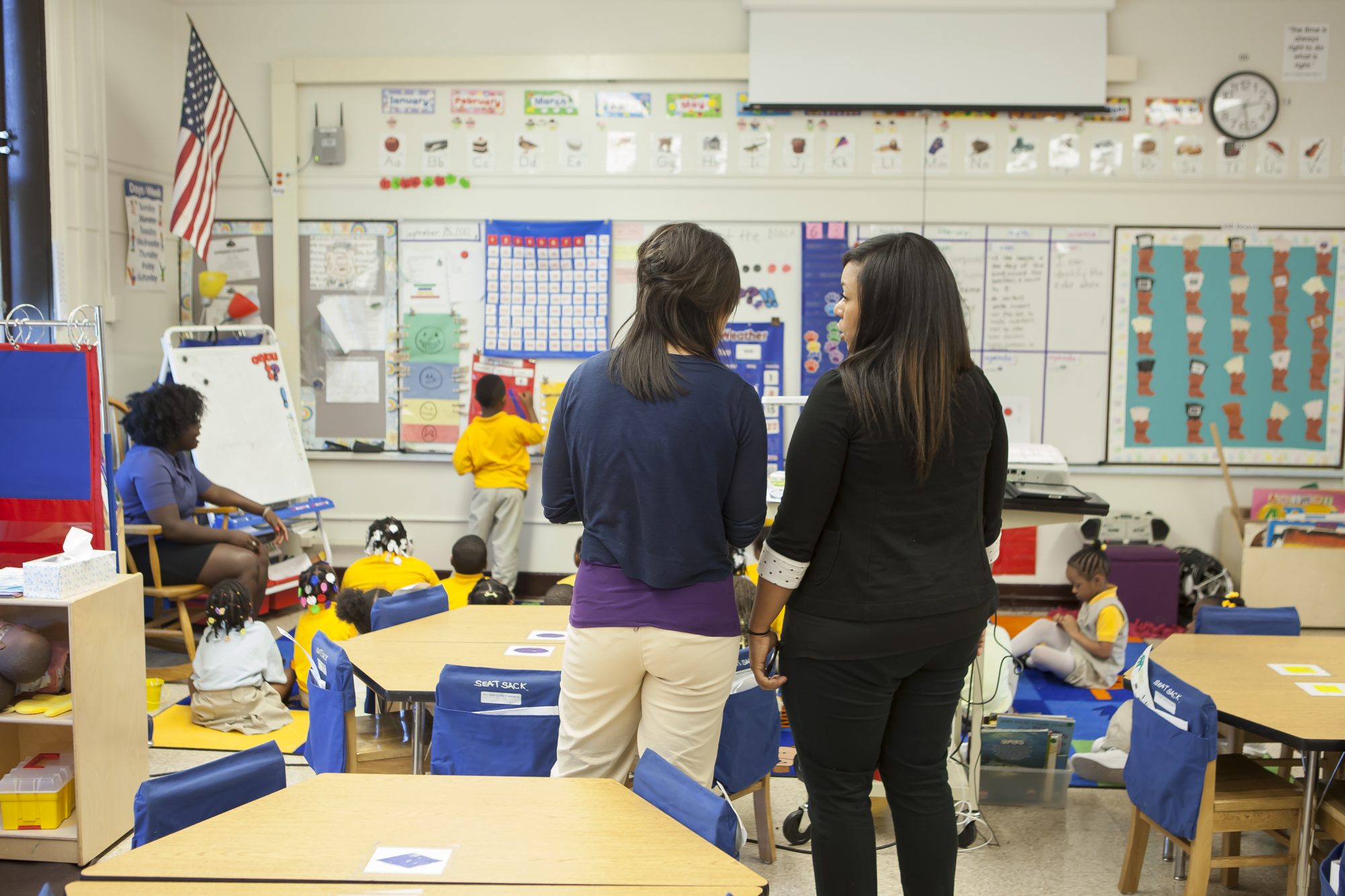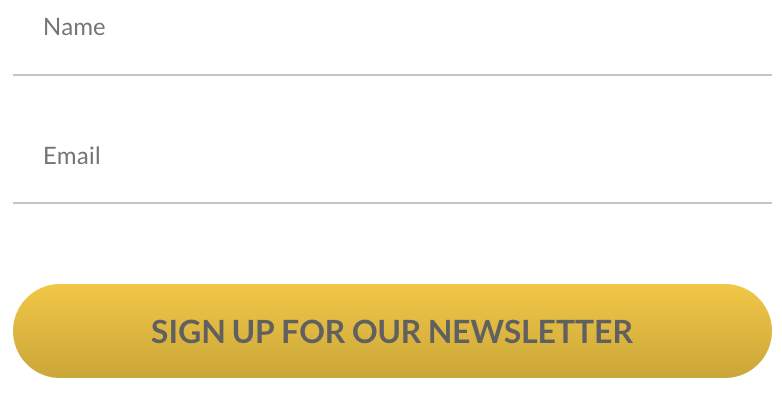[vc_row css=”.vc_custom_1525883561096{padding-bottom: 25px !important;}”][vc_column][stm_title title_tag=”h3″ title=”Grounding Coaching Practice in Data”][/stm_title][vc_column_text]Our theory of change pivots on the people in our schools. We believe that highly effective teachers and leaders are one of the highest impact resources for transformative change that a school or network can possess.[/vc_column_text][vc_row_inner content_placement=”top”][vc_column_inner width=”1/2″][vc_column_text]As we have grown into a network of 31 schools within the Chicago Public School district, we must ensure that we have consistent visibility into the resources that are needed at each school and that we allocate those resources as effectively as possible. This type of visibility is also needed to optimally allocate coaching and development support to teachers across our network.[/vc_column_text][/vc_column_inner][vc_column_inner width=”1/2″][vc_single_image image=”6094″ img_size=”large”][/vc_column_inner][/vc_row_inner][/vc_column][/vc_row][vc_row css=”.vc_custom_1525883578672{padding-bottom: 25px !important;}”][vc_column][vc_row_inner][vc_column_inner width=”1/2″][vc_single_image image=”3550″ img_size=”large” alignment=”center”][/vc_column_inner][vc_column_inner width=”1/2″][stm_title title_tag=”h2″ title_color=”blue” sep_enable=”true” title=”The Opportunity”][/stm_title][vc_column_text]In our quest to continually improve how we support our teachers in driving student outcomes, we risk providing too much, not enough, or the wrong type of support if we are not collecting and reflecting on the right data.[/vc_column_text][/vc_column_inner][/vc_row_inner][vc_column_text]For example, our coaching model comprises of three different types of coaches:
1. School-based Coaches who support individual new teachers in improving instructional practice.
2. Mentor Resident Coaches who support mentor teachers as they coach residents during their residency year as well as first or second year Chicago Teacher Residency alumni in our network.
3. Curriculum and Development Coaches who provide deep expertise in fully utilizing and integrating our engageAUSL curricular resource within teacher practice.[/vc_column_text][vc_column_text]
Without alignment, consistency, and transparency across all of these stakeholders on what should be observed, what quality teaching looks like, and how feedback reaches not only the teacher but the network-support leaders, we are missing out on an opportunity to increase the impact on our students.
[/vc_column_text][vc_column_text]In order to take advantage of this opportunity, we developed our unified Collaborative Assessment Log (CAL) resource.[/vc_column_text][/vc_column][/vc_row][vc_row css=”.vc_custom_1525883590891{padding-bottom: 25px !important;}”][vc_column][stm_title title_tag=”h3″ title=”The Collaborative Assessment Log (CAL)”][/stm_title][vc_column_text]The CAL is a central repository for cataloging ongoing development and progress with instructional goals established in teacher-based coaching. Embedded in the tool are two distinct sets of data that help us identify trends and patterns in terms of teacher growth and development.
The Coaching Debrief Tool enables coaches and teachers to collaboratively analyze observational data, reflect on their practice, and record high-level notes based on teacher successes as well as edges of growth to determine next steps in the coaching partnership. The Drop-In Note Tool is designed to provide teachers with in-the-moment, formative feedback that keeps teachers focused on continuous improvement.
We think of this tool as a way to track and reflect on how well we are supporting teachers as a network coaching team. The purpose of the network CAL is not to evaluate teacher practice, but to understand and inform:
1. What’s working across teachers, teams, and schools? (What are our collective strengths?)
2. What’s not working across teachers, teams, and schools? (What are our collective weaknesses?)
3. What’s working better or worse in some classrooms, teams, and schools? (What opportunities are there to learn from our comparative advantages?)
4. Where are we improving and where are we stagnating as a network?
The immediate goal of the CAL is to provide a log of observations that each coach or school leader can refer to to understand the evolution of a classroom teacher’s practice. However, the longitudinal findings emerging from this tool should, at a network-level, inform collaboration opportunities across coaching teams, teacher and coach professional development, and of course, additional supports and resource allocation.[/vc_column_text][/vc_column][/vc_row][vc_row css=”.vc_custom_1525883603279{padding-bottom: 25px !important;}”][vc_column][stm_title title_tag=”h4″ title=”Coaching Debrief Tool”][/stm_title][vc_column_text]One element of the CAL is the in-depth Coaching Debrief Tool. This tool is a way to systematically collect a historical log of primary coaching conversations focused on the teacher being mentored, including:[/vc_column_text][vc_row_inner][vc_column_inner width=”1/2″][vc_column_text]– Areas of developmental focus
– What’s working
– What’s not working
– Next steps for the teacher
– Next steps for the coach
All of this is automatically shared with the teacher once the coach completes the associated form. The coach can also include additional reflections they would like to capture and choose whether to share those with the teacher.[/vc_column_text][/vc_column_inner][vc_column_inner width=”1/2″][vc_single_image image=”6087″ img_size=”large” alignment=”center”][/vc_column_inner][/vc_row_inner][stm_title title_tag=”h4″ title=”Drop-In Note Tool”][/stm_title][vc_column_text]The element of the CAL is the ability for coaches to log quick “drop-in” notes. Since drop-ins are short in duration, the tool has pre-defined categories that coaches can select and comment on quickly. This allows us to systematically collect “impressions” when we visit the classroom, remove the need to remember our observations, and eliminates bias.[/vc_column_text][vc_column_text]
In a single resource, we can regularly look at aggregate classroom “impressions” to identify high-level trends emerging across teachers, teams, and schools and dig deeper using the outputs of in-depth coaching conversations to understand potential root causes and identify tested solutions to be shared network-wide.
[/vc_column_text][/vc_column][/vc_row][vc_row][vc_column width=”1/4″][vc_single_image image=”6101″][vc_column_text]Marlene Aponte, Director of Coaching[/vc_column_text][/vc_column][vc_column width=”3/4″][vc_column_text]
It’s exciting that we’ve arrived at a place in our network where all network coaches are working in unison, with one tool that captures research-based high-leverage practices that improve teacher practice.
As the Director of Coaching, I’m most excited about developing a tool that not only monitors teacher growth and development over time, but also enables me to see the the impact coaching is having across our network. This allows me to measure the effectiveness of our coaching model and I am better able to identify where our strengths and opportunities live for both coach and teacher development.
[/vc_column_text][/vc_column][/vc_row][vc_row css=”.vc_custom_1525883616809{padding-bottom: 25px !important;}”][vc_column][vc_row_inner][vc_column_inner width=”1/2″][vc_single_image image=”6083″ img_size=”large” alignment=”center”][/vc_column_inner][vc_column_inner width=”1/2″][stm_title title_tag=”h2″ title_color=”blue” sep_enable=”true” title=”What’s Next?”][/stm_title][vc_column_text]Looking ahead, we look forward to being able to draw insights from the robust data we are gathering. Additionally, we also look forward to exploring how we can better calibrate across observers and coaches (what does good like across categories?) and enable desirable flexibility for each coaching team as necessary.[/vc_column_text][/vc_column_inner][/vc_row_inner][vc_column_text]We believe these elements will help us sharpen our focus on better allocating support across our teachers, teams, and schools. Reflecting, the implementation of the CAL is in some ways also a cultural shift for our work; the data provides a way to break down silos not just across coaching teams but alongside school leadership and management.
We look forward to continuing to push the boundaries of how we do our work and how we develop our teachers and leaders in service of what’s best for our students.[/vc_column_text][/vc_column][/vc_row][vc_row][vc_column width=”1/4″][stm_btn_simple btn_style=”flat” btn_link=”url:http%3A%2F%2Fwww.auslchicago.org%2Fblog%2F|||” btn_link_text=”Return to Blog”][/vc_column][vc_column width=”1/4″][stm_btn_simple btn_style=”flat” btn_link=”url:http%3A%2F%2Fwww.auslchicago.org%2Fausl-advisory-services%2F|||” btn_link_text=”Advisory Services”][/vc_column][vc_column width=”1/4″][stm_btn_simple btn_style=”flat” btn_link=”url:http%3A%2F%2Fwww.auslchicago.org%2Fdonate%2F|||” btn_link_text=”Donate”][/vc_column][vc_column width=”1/4″][stm_btn_simple btn_style=”flat” btn_link=”url:http%3A%2F%2Fwww.auslchicago.org%2Fabout%2Fimpact-through-innovation%2F|||” btn_link_text=”Innovation Zone”][/vc_column][/vc_row]
















